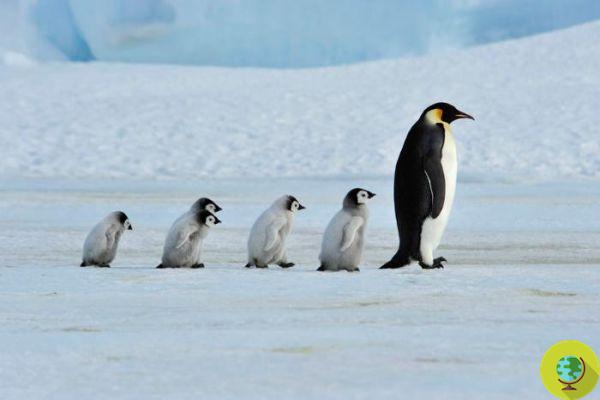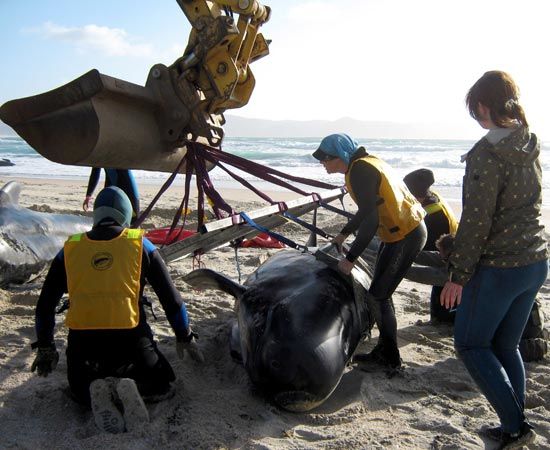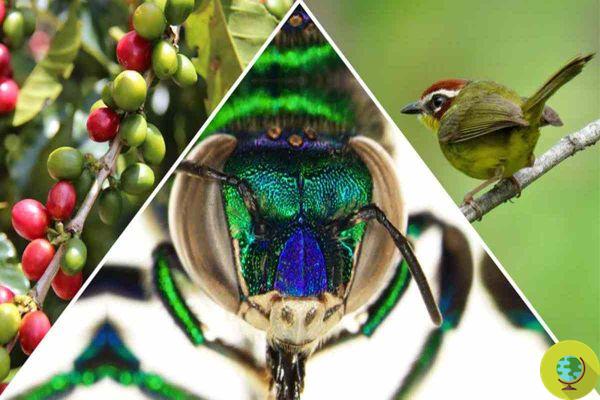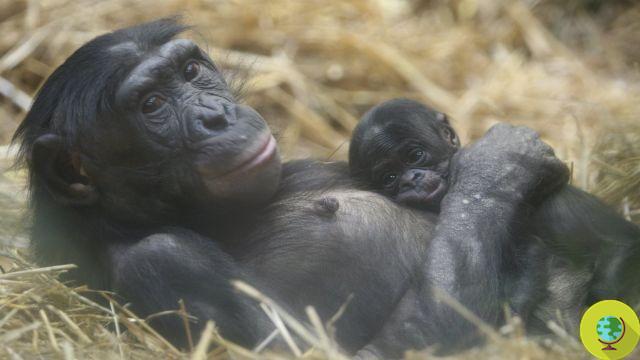We have lost 30% of the world's insects over the past 24 years, according to the largest global study ever
- insects they are disappearing at a breakneck pace. The largest global study of such creatures has shown a worrying 25% decline over the past 30 years, with a sharp acceleration in Europe.
Those that have appeared in the eyes of scientists are shocking numbers. The analysis combined 166 long-term surveys covering around 1.700 sites and found that since 1990 we have lost a quarter of the existing insects. The only exception is freshwater ones, which have increased by 11% every decade following the reclamation of polluted rivers and lakes. However, this group only accounts for about 10% of the species and is not concerned with pollination.
Over the past few years, numerous studies have been published showing a drastic reduction in the number of such creatures. The most important had suggested a notable decline in the biomass of flying insects of more than 75% over 27 years. This research was published in 2017 and had gone around the world. Then there was talk of a real "insect apocalypse". Since then, there have been several publications in different places around the world but so far none have combined available data on trends in insect abundance around the world to study how widespread and severe the decreases are.
Index
Largest data collection to date
The research was conducted by the German Center for Integrated Biodiversity Research (iDiv), the University of Leipzig (UL) and the Martin Luther University of Halle-Wittenberg (MLU) and clears up some doubts about a hotly debated issue: the decline of insects. The international team of scientists collaborated to compile data from 166 long-term surveys conducted at 1676 sites around the world, between 1925 and 2018, to study trends in insect abundance (number of individuals, not species ). The analysis revealed a high variation in trends, even between neighboring sites.
The areas least affected by humans show the least damage. In countries where many insect surveys have been conducted, such as Germany, the United Kingdom and the United States, some places have experienced a decline, while others fairly close have indicated that there are no changes or even increases. However, when all the world's trends are combined, the results are troubling: among terrestrial insects such as butterflies, grasshoppers and ants, there has been an average decrease of 0,92% per year.
“0,92% might not sound like much, but it actually means 24% fewer bugs in 30 years and 50% fewer bugs in 75 years, silently, we don't notice it from year to year. It's like going back to where you grew up, it's only because you haven't been there for years that you suddenly realize how much it has changed, and all too often not for the better, ”said research author Dr. Roel van Klink, iDiv and UL scientist.
The decline in insects was strongest in parts of the United States (West and Midwest) and in Europe, in particular in Germany. For Europe in general, trends have on average become more negative over time, with the most marked drops since 2005.
Fewer bugs in the air and more aquatic insects
In the new study, the researchers found that on average, there are fewer insects living in grass and on the ground today than in the past. In contrast, the number of insects living in trees remained, on average, essentially unchanged.
Lately there has been talk of "windshield phenomenon“, The perception of the fact that there are fewer bugs on car windshields than a few decades ago. The new study confirms this observation, as one of the co-authors, Jonathan Chase, professor of iDiv and MLU explained:
“Many insects can fly, and they are the ones that are killed by the windshields of cars. Our analysis shows that flying insects actually decreased on average. However, most of them are less visible because they live in the soil, in the canopy of trees or in the water “.
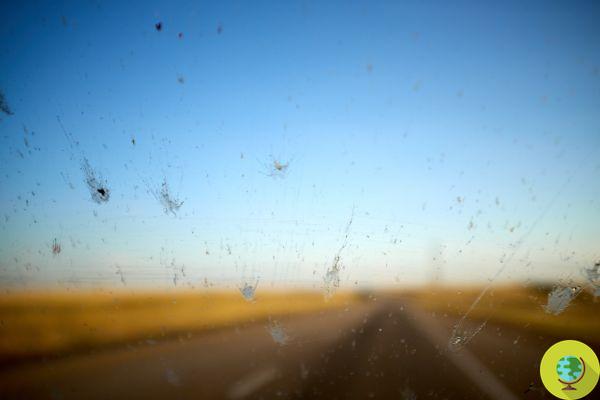
©Shutterstock/ CLP Media
It is better for insects that live part of their life in water such as midges which have shown an average annual increase of 1,08%, or 38% in 30 years. This positive trend has been particularly strong in Northern Europe, the western United States and since the early 90s in Russia. For Jonathan Chase this is a good sign:
“These numbers show that we can reverse these negative trends. Over the past 50 years, various measures have been taken to clean up our polluted rivers and lakes in many places around the world. This may have allowed the recovery of many freshwater insect populations ”.
The causes of the decline of insects
It is not easy to identify them all but certainly the destruction of natural habitats - in particular through urbanization - is associated with the decline of terrestrial insects. So are the change in land use and the use of pesticides.
The study was published in Science.
Sources of reference: Eurekalert, Science
READ also:
Insects are disappearing: species reduced by a third in 10 years. The situation is more serious than expected
Insect apocalypse in the US caused by a 50-fold increase in toxic pesticides







